Description
Introduction
A pigging pig plays a vital role in transporting fuel resources over vast distances. Ensuring its efficient operation is crucial for both economic and environmental reasons. Issues with gas pipelines, such as obstructions, corrosion, and leaks, need to be diligently avoided to ascertain safety and optimal flow rates.
A pipeline pigging pig is a specialized tool used to tackle flow assurance challenges in the oil and gas industry. It enhances gas pipeline efficiency and safety by eliminating blockages, cleaning the interior of pipelines, and conducting comprehensive inspections. This article delves into the concept of pigging, its importance, and EMT’s proficiency in delivering superior pigging solutions.
Types of Pipeline Pigging Pigs
There are many kinds of pipeline pigs used in the oil and gas industry, each with its own unique function and application:
- Foam Pigging PigThe Foam Pigging Pig is a lightweight solution primarily used for cleaning and drying pipeline interiors. It is typically fabricated from open-cell polyurethane foam, which provides flexibility and resilience. This type of pig can navigate minor bends and diameter changes in the pipeline, effectively removing debris, water, and other contaminants. The foam pig can also be coated or impregnated with abrasives or chemicals for more intensive cleaning tasks. Given its adaptable nature, it is usually deployed during the pre-commissioning phase of a pipeline or for routine maintenance.
- Skeletal Pigging PigThe Skeletal Pigging Pig, also known as a wire brush pig, is primarily designed for aggressive cleaning tasks. Its structure typically comprises a steel body outfitted with bristle brushes or scraping elements. These mechanisms effectively remove scale, wax, and other tenacious deposits from pipeline walls. Due to its robust design, the Skeletal Pigging Pig is often employed in challenging conditions, including pipelines with significant internal corrosion or irregular diameters.
- Solid Cast Pigging PigThe Solid Cast Pigging Pig is a durable and versatile pig used for a variety of pipeline applications. It is typically made from urethane or similar robust materials, and it features a one-piece construction that enhances its strength and durability. Solid Cast Pigging Pigs are often used for batch separation, product displacement, and extensive cleaning tasks. Their solid construction enables them to withstand harsh pipeline conditions and deal with stubborn debris or deposits.
- ABS Pigging PigThe ABS (Acrylonitrile Butadiene Styrene) Pigging Pig is a high-performance pig designed for both cleaning and inspection tasks. It is made from ABS, a thermoplastic polymer known for its toughness, rigidity, and chemical resistance. This pig is often equipped with electronic equipment for inline inspection (ILI), detecting anomalies such as wall thinning, dents, or corrosion within the pipeline. The ABS Pigging Pig’s ability to perform dual roles makes it a valuable tool in the oil and gas industry, ensuring pipeline integrity while maintaining operational efficiency.
The Concept of Pigging in Oil and Gas Industries
Pigging is the process of performing numerous activities within oil and gas pipelines utilizing equipment known as pipeline pigs. These responsibilities include purging, cleaning, and checking the pipeline’s interior. Pigging is an important part of assuring pipeline integrity and a continual flow of products.
Pigging has a purpose other than simply cleaning pipelines. It also entails assessing the pipeline’s condition and detecting possible problems, such as corrosion or cracks, that may necessitate repair or replacement. Professional experience is essential for safely and effectively carrying out pigging operations, as it guarantees that the process is carried out with precision and care.
The Significance of Pipeline Pigging
Pipeline pigs are instrumental in preserving the efficiency and integrity of gas pipelines. They serve a manifold purpose, one of which is to maintain cleanliness within the pipeline and ensure it remains free from obstructions. By eliminating debris and other materials that potentially hamper the flow of gas, pigging contributes significantly to maintaining optimal flow integrity. This process results in a consistent and efficient flow rate and pressure within the pipeline, a factor that is crucial for operational excellence. Furthermore, pigging opens up avenues for inspection and preemptive maintenance. It equips operators with the ability to scrutinize the interior condition of the pipeline, identify potential issues, and plan remedial operations accordingly. This proactive approach reduces the risk of pipeline failures, aiding in the preservation of the system’s overall structural integrity and function.
The Pipeline Pigging Process
The pipeline pigging procedure is a multi-component process that encompasses the pig, pig launcher, and pig receiver, also known as the pig trap. The pig is the specialized device that traverses the pipeline, executing its designated tasks. The launcher and receiver are instrumental in initiating and concluding the pig’s journey within the pipeline.
At the onset of the pigging process, the pig is introduced into the pipeline via the pig launcher. It is then propelled by the product flow, navigating through the pipeline’s length. As it advances, it performs its tasks, which may include collecting debris, grease, or other impurities that could compromise the pipeline’s efficiency. After this process, the pig is intercepted and retrieved by the pig receiver. It’s crucial to note that this procedure requires competent professionals with technical expertise to ensure the safe and effective execution of the pigging operations.
Frequently Asked Questions
1. Why is pigging important in the oil and gas industry?
Pigging is crucial for maintaining the efficiency and integrity of pipelines. It helps to keep pipelines clean and obstruction-free, ensuring optimal flow rates and pressure. Moreover, pigging allows for the inspection of the pipeline’s interior to detect potential issues such as corrosion or cracks, facilitating proactive maintenance and reducing the risk of pipeline failures.
2. How does a pigging pig navigate through the pipeline?
Pigging pigs are typically launched into the pipeline from a pig launcher and move through the pipeline driven by the product flow. They are designed to navigate bends and changes in diameter, effectively traversing the pipeline to perform their intended tasks. Once the pigging operation is complete, the pigs are received at a pig receiver or catcher at the other end of the pipeline.
3. What materials are pigging pigs made from?
The material used to construct pigging pigs varies depending on their type and intended application. Foam Pigs are usually made from open-cell polyurethane foam, Skeletal Pigs often consist of a steel body with bristle brushes or scraping elements, Solid Cast Pigs are typically made from durable materials like urethane, and ABS Pigs are constructed from Acrylonitrile Butadiene Styrene, a tough and chemically resistant thermoplastic polymer.
4. What are the safety considerations for pigging operations?
Safety is paramount during pigging operations. These operations should only be conducted by trained personnel who understand the potential risks and safety procedures. Some of these safety considerations include ensuring that the pig is compatible with the pipeline’s diameter and condition, monitoring pressure levels during the operation, and ensuring that the pig catcher is correctly positioned and functioning before launching the pig.
Pipeline Maintenance
Pipeline maintenance is critical in the oil and gas business because it ensures the safe and efficient delivery of precious commodities. It involves a series of preventive measures, inspections, and repairs to maintain the integrity and functionality of pipelines. Pipeline maintenance is vital for preventing operational disruptions, environmental damage, and safety hazards, which can result from pipeline failures or leaks.
In conclusion, pipeline maintenance is a critical aspect of the oil and gas industry, requiring a comprehensive approach that includes inspections, cleaning, corrosion protection, repairs, and personnel training. By diligently maintaining pipelines, operators can reduce the risk of failures, minimize environmental impact, and ensure the safe and efficient transportation of valuable resources.
Conclusion
In conclusion, the science and art of pigging in the oil and gas industry play a central role in maintaining the operational efficiency, safety, and longevity of pipeline systems. From the diverse types of pipeline pigs – Foam, Skeletal, Solid Cast, and ABS, each serving unique functions, to the comprehensive pigging process and the imperative for skilled professionals, every element is crucial in this intricate machinery.
Moreover, the broader context of pipeline maintenance, which includes preventive measures, regular inspections, and timely repairs, forms the backbone of this industry. It not only helps to avert operational disruptions and minimize environmental impact but also plays a pivotal role in ensuring the safe transportation of vital resources.

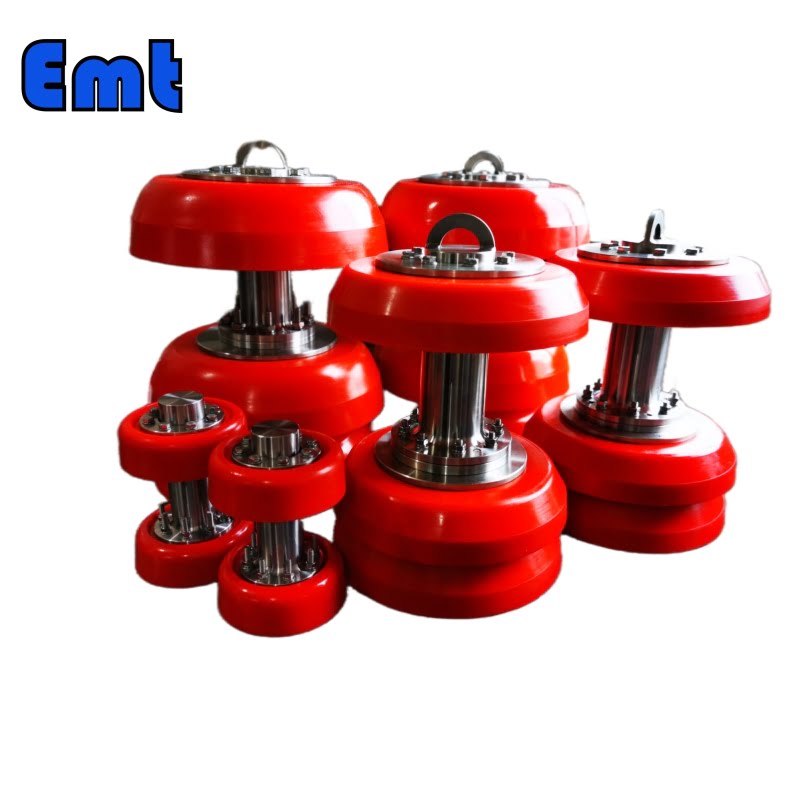
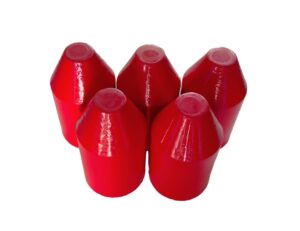

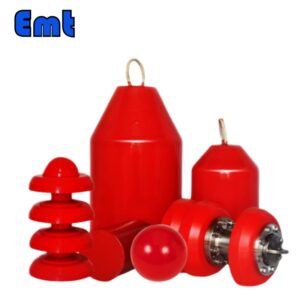
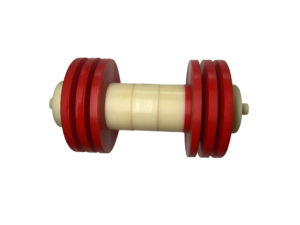

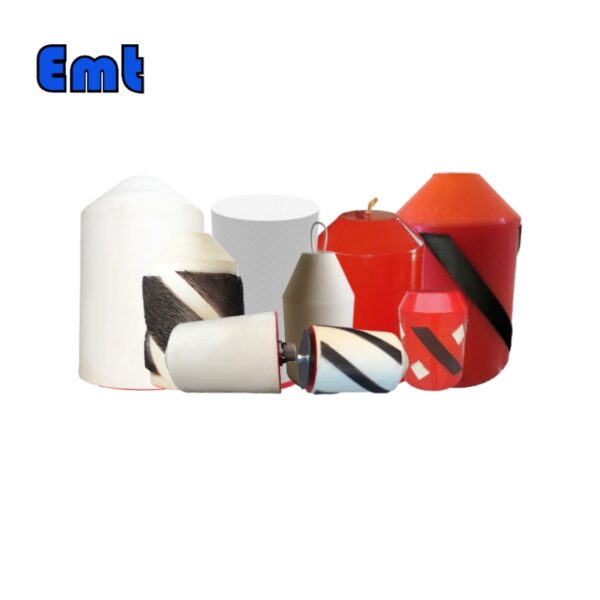
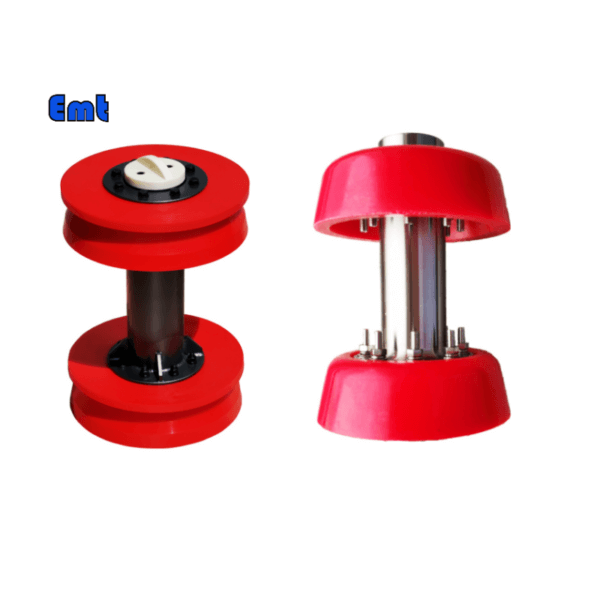

Reviews
There are no reviews yet.